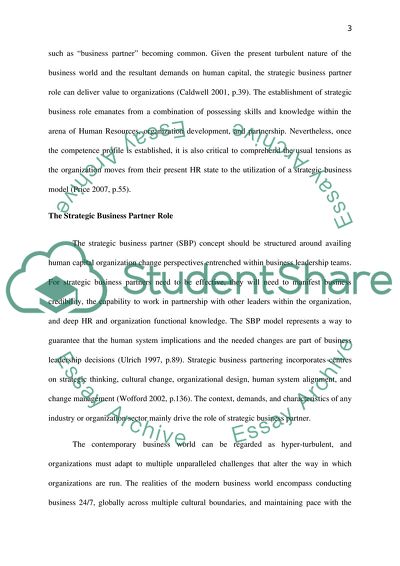Cite this document
(Human Resources Mangers Roles and Contributions in Merger Processes Term Paper, n.d.)
Human Resources Mangers Roles and Contributions in Merger Processes Term Paper. Retrieved from https://studentshare.org/human-resources/1615052-contemporary-issues-in-hr-service-delivery
Human Resources Mangers Roles and Contributions in Merger Processes Term Paper. Retrieved from https://studentshare.org/human-resources/1615052-contemporary-issues-in-hr-service-delivery
(Human Resources Mangers Roles and Contributions in Merger Processes Term Paper)
Human Resources Mangers Roles and Contributions in Merger Processes Term Paper. https://studentshare.org/human-resources/1615052-contemporary-issues-in-hr-service-delivery.
Human Resources Mangers Roles and Contributions in Merger Processes Term Paper. https://studentshare.org/human-resources/1615052-contemporary-issues-in-hr-service-delivery.
“Human Resources Mangers Roles and Contributions in Merger Processes Term Paper”, n.d. https://studentshare.org/human-resources/1615052-contemporary-issues-in-hr-service-delivery.


